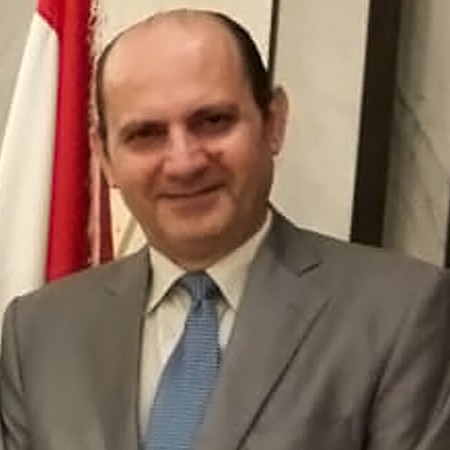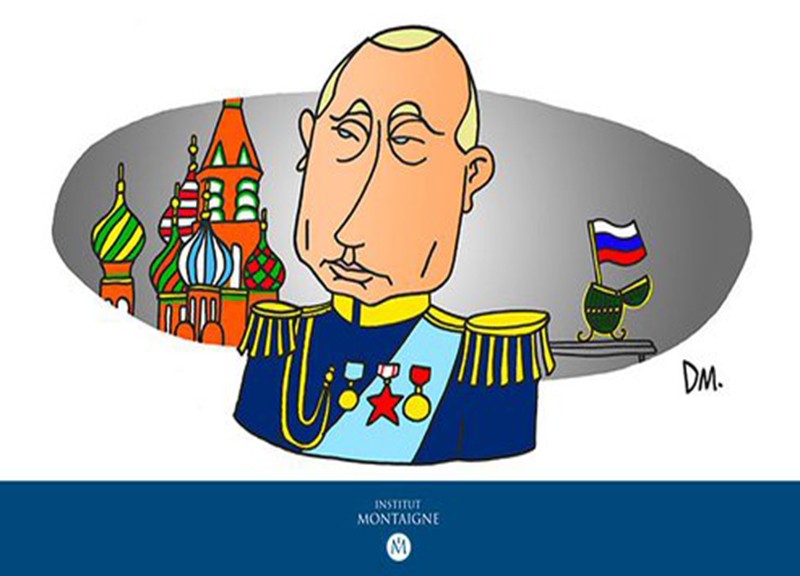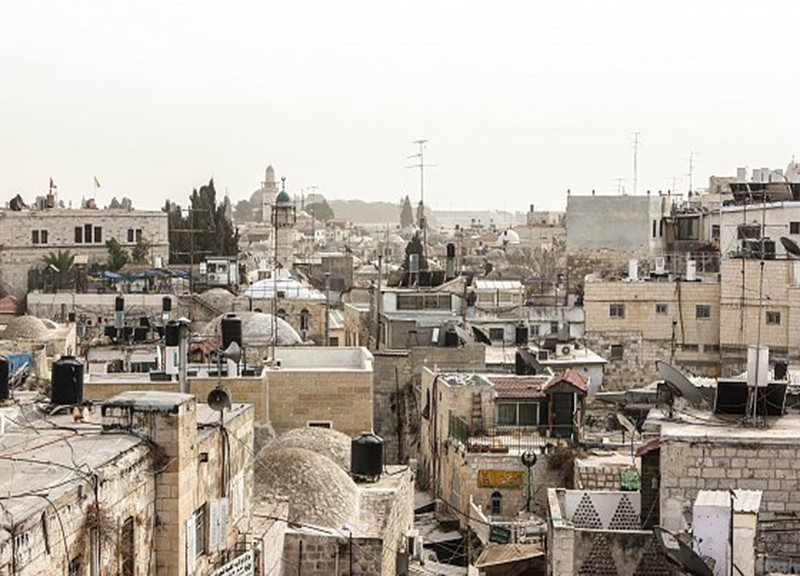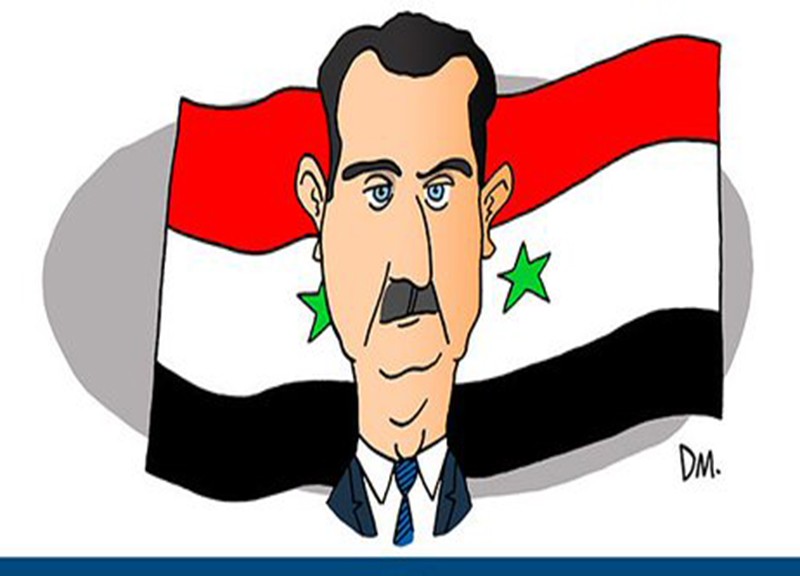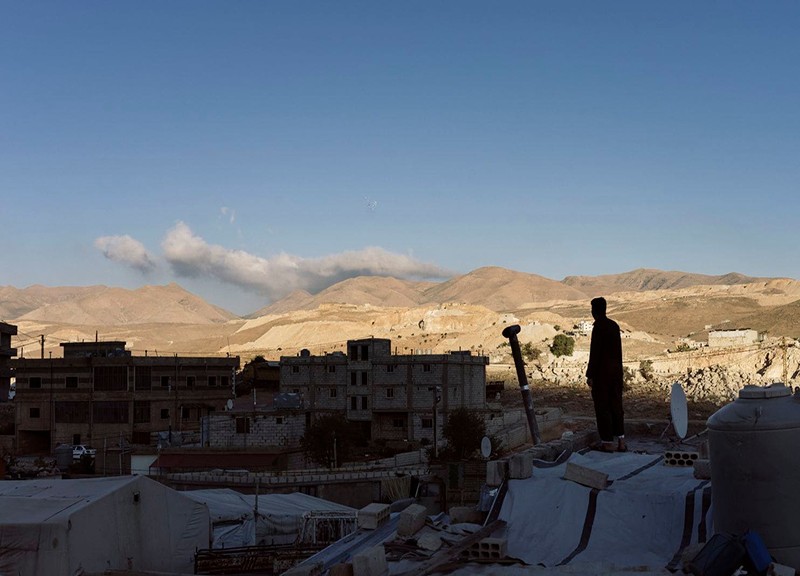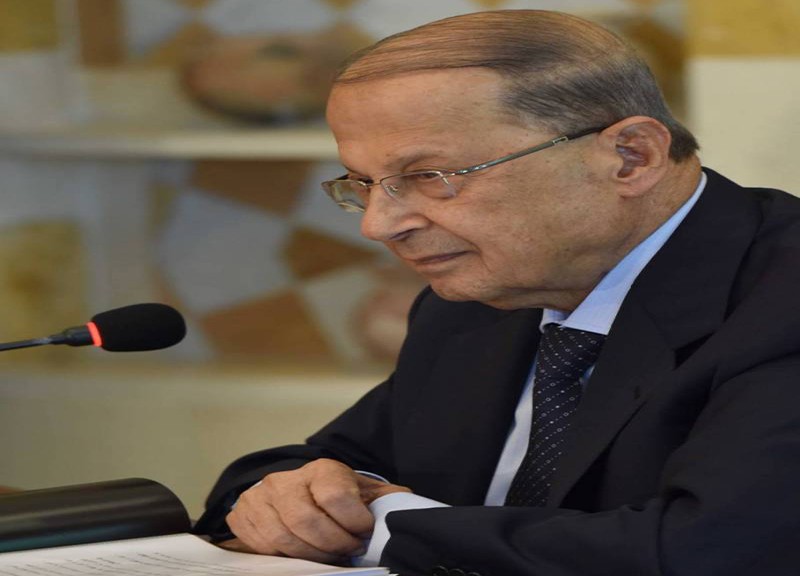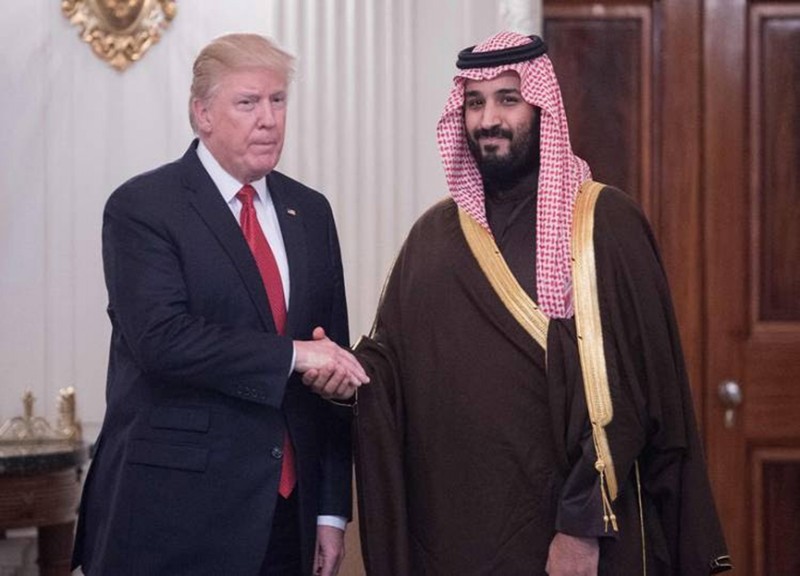
Religious leaders in the holy city of Qom believe that artificial intelligence can strengthen the country’s Islamic character
Najmeh Bozorgmehr in Qom - Financial Times
Iran’s holy city of Qom is better known as a centre of Islamic learning and devout pilgrimage than a hub of cutting-edge technology.
But the wave of global interest in the potential of artificial intelligence has swept up even its turbaned religious leaders, who are keen to explore how AI can help with anything from parsing lengthy Islamic texts in search of guidance to issuing religious edicts.
“Robots can’t replace senior clerics, but they can be a trusted assistant that can help them issue a fatwa in five hours instead of 50 days,” said Mohammad Ghotbi, who heads a state-linked organisation in Qom that encourages the growth of technology businesses.
Iran’s recent history has been characterised by clashes between tradition and modernity. The country’s 200,000 Shia clergy — half of whom are based in Qom — have been the leading force in protecting traditional and religious values.
But with Iran’s leadership facing heightened calls to modernise in the wake of last year’s mass protest movement, the country’s clerical establishment views technology as a way to be seen to be welcoming development while strengthening the Islamic character of the country.
Ghotbi, who leads the Eshragh Creativity and Innovation House, affirmed the approach, arguing that the clergy should not oppose the desire of Iranians to share in global technological advances. “Today’s society favours acceleration and progress,” he said.
The clerical AI push is still very much in its infancy. Ghotbi said a few dozen projects such as his were under way in Qom and elsewhere.
Iran’s religious establishment has been looking at ways to harness the technology since Qom’s first AI conference was held in 2020. The head of Qom Seminary, the largest such institution in the Shia world, recently opened up to how AI could accelerate the Islamic studies of senior clergy and speed up their communication to the public.
“The seminary must get involved in using modern, progressive technology and artificial intelligence,” Ayatollah Alireza Arafi said in July. “We have to enter into this field to promote Islamic civilisation.”
The city’s leading AI research centre, the Noor Computer Centre for Islamic Sciences Research, is affiliated with the seminary and has access to its centuries-old scrolls and other ancient data sources that could be fed into algorithms.
Ayatollah Ali Khamenei, Iran’s supreme leader, has also urged clergy to pay more attention to the possibilities of AI, saying in June that he wanted the country to be “at least among the top-10 countries in the world in terms of artificial intelligence”.
But he also said that while “the tools change . . . what doesn’t change are the goals” of the Islamic republic.
Iran lags behind regional rivals such as Saudi Arabia and the United Arab Emirates, which have ambitious plans to use AI to turbocharge their economies. But, by indicating his support, Khamenei has given clerics a mandate to pursue the cutting-edge technology in an effort to catch up.
Most clerics still follow a more traditional approach to religious study, preferring to sweat over lengthy documents to extract Islamic rulings and adapt them to contemporary life. The dozen or so top-ranking clergy in Iran, most of whom are between 80 and 100 years old, are not expected to change course, but younger clerics were likely to be more open to technological advances.
The foray into AI comes as Iran’s clerical establishment faces unprecedented pressure to ease strict social and religious restrictions, especially on women.
The tensions reached boiling point last September following the death in police custody of 22-year-old Mahsa Amini after her arrest for allegedly not properly observing the obligatory Islamic dress code. Mass protests broke out across the country and evolved into a broader call to replace the Islamic republic with a secular, modern state. More than 300 died in the unrest, according to rights group Amnesty International, while several clerics were assaulted and had their turbans ripped off.
Ghotbi said it was incorrect to assume the Iranian society was inevitably becoming less religious. Rapid technological developments, and the refusal of many women to wear headscarves since the protests, had unsettled many, particularly the more religious Iranians, and prompted them to seek “rescue” through Islamic teachings, he said.
Technology could also help the clergy address public concerns and reconcile them more swiftly with Islam, while helping clerics make rulings in an increasingly complex society, he argued.
“The clergy must not merely tell followers what constitutes a good deed or how to be truthful. Fields such as sociology, psychology, health and entertainment also fall under religious ruling,” he observed. AI would allow the clergy to take a broader approach and so “have more social impact”, Ghotbi added.
Ghotbi also insisted that AI would not necessarily result in Iran becoming more aligned with the secular views of the west. “We’re working on localising the use of technology because our cultural values differ,” he said.
Ultimately, however, even Qom’s turbaned clergymen were not immune to the breakneck speed of technological advancement that was making everything move faster: “I’m part of this society and have to run at the same pace.”
“The same power that AI gives to society, it also gives us.”




